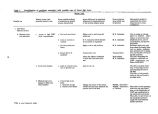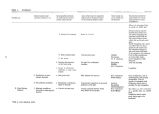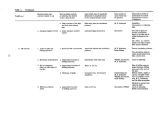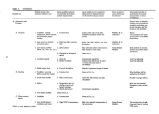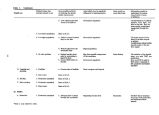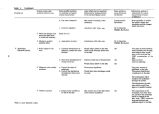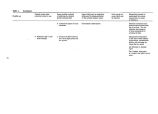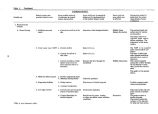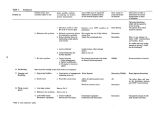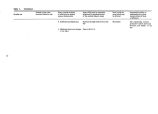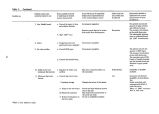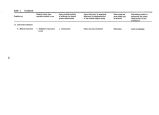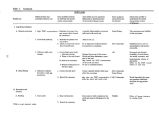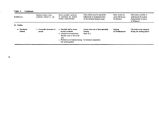| OCR Text |
Show Table 1. Continued. Possible use Desired system characteristic related to use Some possible methods of achieving the desired system characteristic Areas which may be negatively influenced by implementation Some social use areas which may Information needed to understand the. system characteristic of areas of influence D. Camping and picnicing E. Hunting F. Bird watching 4. Low algae population 5. No odor problem 1. Facilities 2. Easy access 1. Productive marshland 1. Productive marshland 2. Easy access b. Low coliform and virus count in the inflows Government regulation 3. Low insect population Same as II. A. 3. a. Limit or control nutrient input to the lake b. Remove algae from the recreation areas a. Reduce benthic decay rates by maintaining a high TDS level b. Control BOD inflow to the lake Government regulation Disposal problems May favor specific components of the ecosystem Government regulation a. Construction of facilities Waste transport and disposal Same as IIA. 2. Same as 111. A. 1. Same asIII. A. 1. Same as II. A. 2. Brine Shrimp The distribution of coliform bacteria, virus, algae, and BOD in the lake. How are water quality constituents transported through the lake? The major source of nutrients in the lake ( recycle or inflow) Contributions which benthic deposits make to the nutrient supply. The variation of the benthic decay n. te with TDSa concentrations. How much DO is used by BOD inflow compared to DO uptaket> y the benthic III. Wildlife A. Waterfowl 1. Productive marshland aTDS is total dissolved solids. a. Adequate flow of water through the marshlands Regulating the lake level Recreation The flow that is necessary for proper food production and minimum disease hazards. |


















